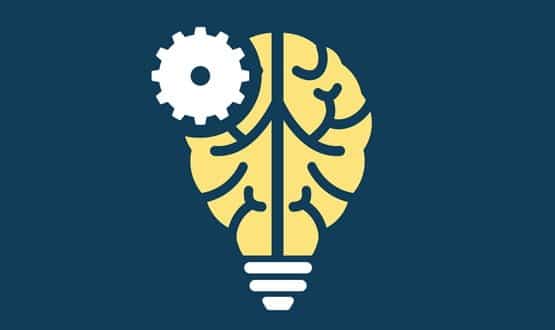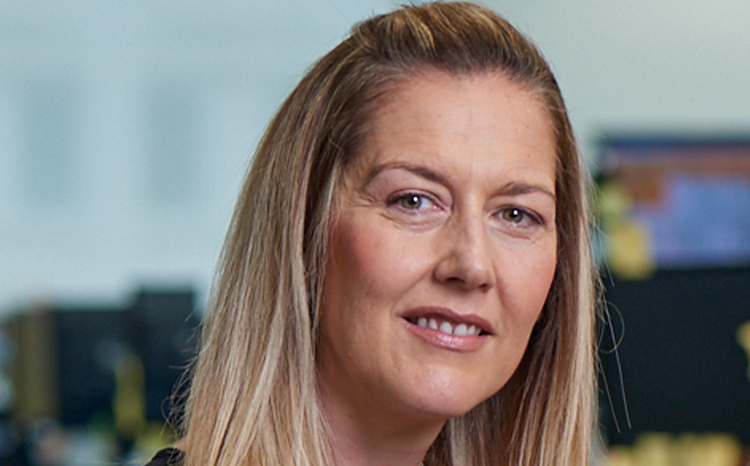Digital natives will change the way we think about healthcare delivery
- 29 August 2018

Whatever our individual perceptions of life in the future, every part of it is likely to be aided, facilitated, moderated and serviced by a form of artificial intelligence (AI). Voice activation is a good example. Shopping and entertainment are now more convenient for hundreds of thousands of consumers, thanks to Alexa and Co.
Today’s young people, meanwhile, are digital natives: they have no notion of a time before mobile phones, will never have seen a cassette tape, and soon may not even need to pass a driving test to get behind the wheel of a vehicle. Any question about them not fully embracing intelligent technology is a moot one. Of course they will: they already are. They both accept and expect it.
If voice activation is developing, then so is the infrastructure to support it. Its integral place at the heart of our lives means that the system knows when we get up, leave the house, which route gets us to work, and who we know on a business or personal level. The services suggested to us will come automatically, and we will simply choose to opt in or out.
The point is, technology is already changing our ways of life. The only thing we can be sure of is that this change is ongoing. In May, for instance, the prime minister announced that she wants AI to be a “new weapon” to transform the way diseases like cancer, diabetes, heart disease and dementia are diagnosed by 2030.
Biased and limited by experience
When we experience ill health, we generally see either a specialist or generalist healthcare professional. Most will have trained for many years. But however many conferences they attend, books they read, journal papers they write, and patients they treat, their experience, intuition and perceptions are biased by context. And limited by it too.
Logically, a machine that sees patients can store clinical knowledge, assimilate patterns of behaviour, confer with other machines, and draw from a far broader range of data than any individual doctor. Presenting symptomatic data to a machine – that also analyses vital measurements and can refer to a global network of previous experience – must give it a better chance of arriving at an accurate diagnosis than a human.
And if it were possible for someone to be diagnosed with a condition without reference to a formal medical facility, then why not use machines to prescribe treatment regimens as well? Can a strictly-monitored, highly-regulated and financially punitive system survive when patients find a new way of interacting with the market?
Why wait for a doctor?
With my DNA profile revealed to a machine that knows how I, and millions of other people, have responded to a therapy, the probability of choosing the right course of treatment must surely be higher. If I have my diagnosis, and the machine has told me what combination of products is likely to help me most, why (cost apart) should I wait for a doctor to prescribe something?
Traditional healthcare is steeped in the stereotypes of the doctor and nurse. The NHS is not just a healthcare system – it provides fundamental evidence of the UK’s social justice credentials. To adapt and move forward, the system must overcome these romantic perceptions.
Trends in this direction can already be seen. Researchers at DeepMind and at NHS organisations, for instance, recently published research reporting that an algorithm they developed can identify eye diseases from scans and make appropriate referrals.
The algorithms from the National Institute for Health and Care Excellence’s (NICE’s) care pathway flowcharts must be a suitable basis for AI and machine learning to stretch beyond diagnosis into treatment and prescription – past the simple recommendation of a drug, to analysis of its impact and adjustment of doses or drug types.
Emotional intelligence required too
But it’s not all about the algorithm. While the machine might produce a diagnosis more quickly, and potentially more accurately, than a human, the human has the emotional intelligence to know how best to communicate it: to pick up body language, pass the tissues, offer a hug.
Disruption often doesn’t happen fast in the healthcare space. The final push to a fully technology-enabled system may only be achieved with a generational change of the people working in it. When the digitally-native and consumer-driven next generation has succeeded the more conservative healthcare providers of today, the opportunity will exist for a system driven by absolute need and not an assumed one; by people who have taken responsibility for their own wellbeing and not defaulted to trusting somebody else’s opinion; and by a value-based delivery methodology, rather than paying whatever is the commercial rate.
Meanwhile, we have the opportunity to change our expectations of healthcare. There’s time for AI to become more tailored in its ability to understand our diagnoses and the optimal therapies for them; and for professionals to be more empathetic in helping us understand and translate the facts into impacts on our lives.
Tristan Allen is founding partner of the UK-based innovation agency room44. Diane Bell is director of health & care at PA Consulting.





4 Comments
I’m afraid the NHS IT is run by digital pygmies if you look at the record on important stuff like NPfIT, unactioned reports such as Wachter and ‘fit for 2020’, 2017 Wannacry debacle, clinging to Windows 95 workstations and patient deaths occasioned by poor communications processes. AI and other fancy stuff is for people who have conquered the basics of ‘business’ IT designs and implementations. ‘Digital transformation’ today seems to mean ‘throwing technology at any problem that arises’ and hoping for the best. Technology is an aid to well thought out processes, and methodologies, not a substitute. It says somewhere in a well-known book; ‘Man cannot live by technology alone..’, though many think they can.
It is imperative for any leader to involve digital natives in digital transformation. This is part of the challenge to change culture and promote visionary leadership. You might want to download my free white paper on the topic:
https://www.routledge.com/posts/14054
The authors seem to think that it is a new phenomenon for young people to be “digital natives”. It is notnew. Thirty years ago, my teenage children were digital natives. Theyare now in their fifties and, although not being geeks, have kept up with all the new technologies that have been thrown at them.
However, none of them became medics. If they had been, digital thinking would have been beaten out of them by the culture of of the NHS. I am always depressed by 35-year-old GPs saying things like “I didn’t become a doctor to sit staring at screens all day”. I translate this to mean that they have been bludgeoned by their superiors into a belief that IT is a threat, not a help.
Until medics change this ingrained attitude, the NHS will never become digital.
Unfortunately, most IT systems are poorly designed, time-consuming to use and act as a barrier in patient interactions as a visit to a GP will confirm. This is partially due to the immature state of the technology interfaces but also lack of integration, data sharing etc. that increases user workload at the screen. The goal has to be to maximise the time all health professionals can spend with patients and render the IT interface as transparent as possible. This is increasingly possible as AI develops but this is still some way off. In the meantime, we also need to improve system interfaces, re-use data and change behaviours to lighten the IT barrier.
Comments are closed.